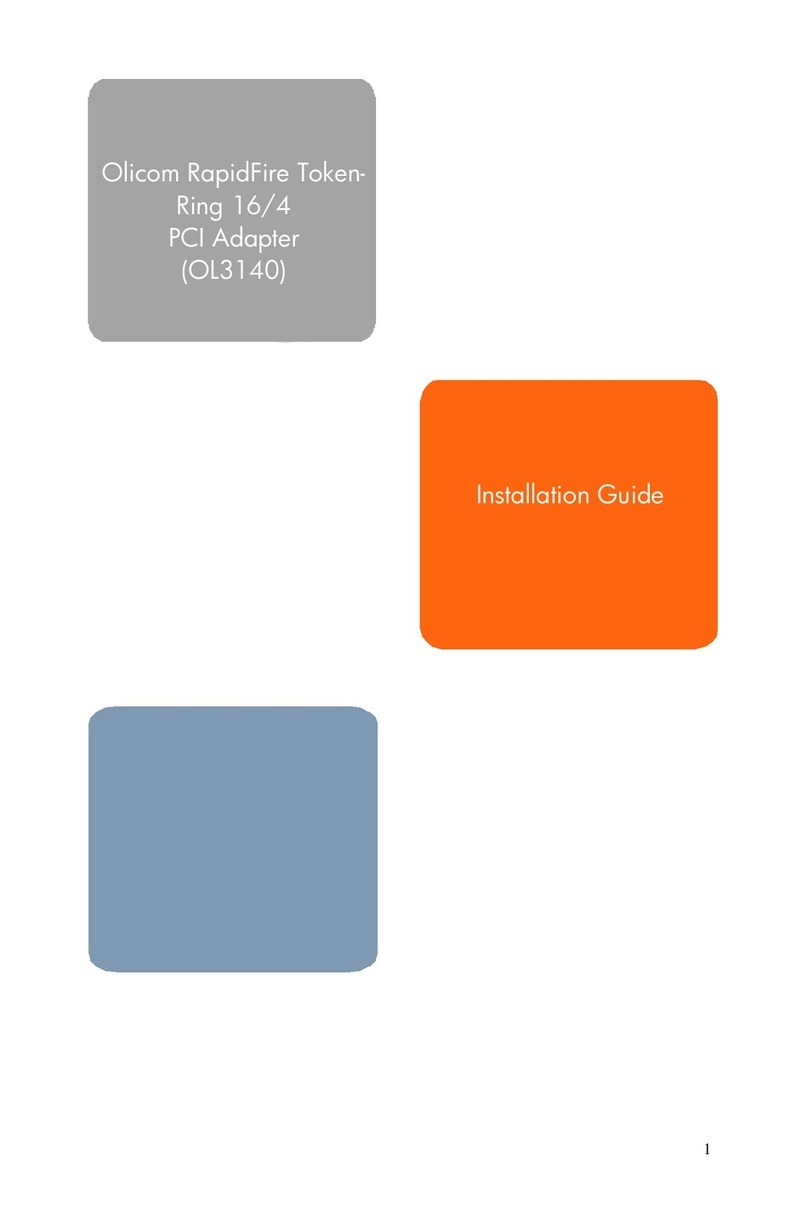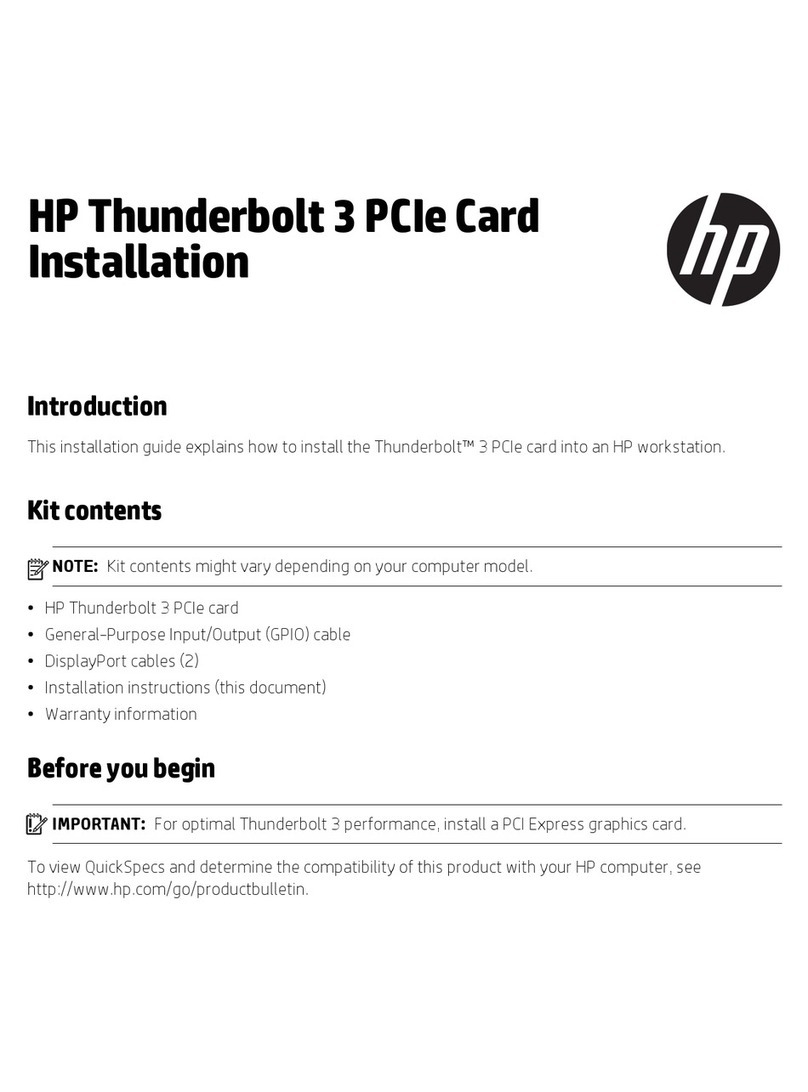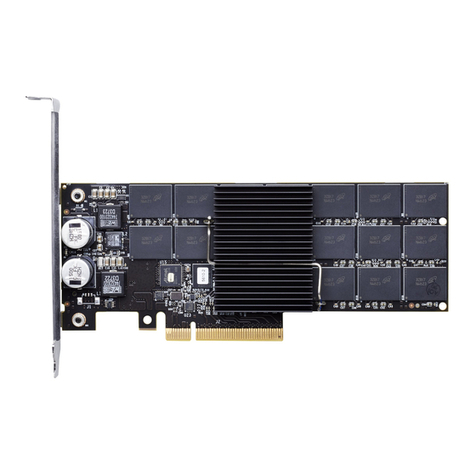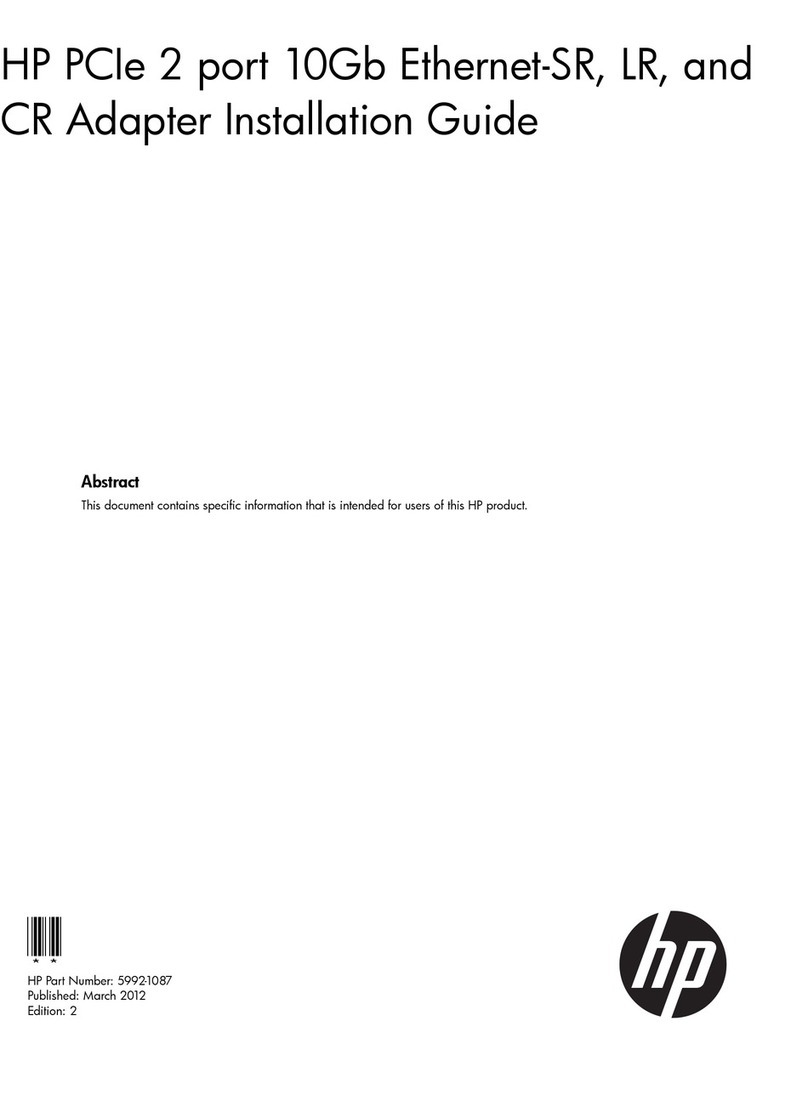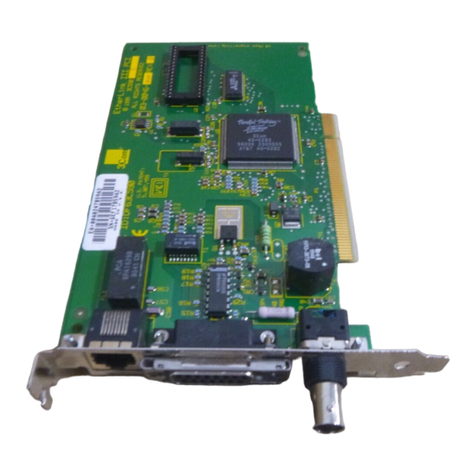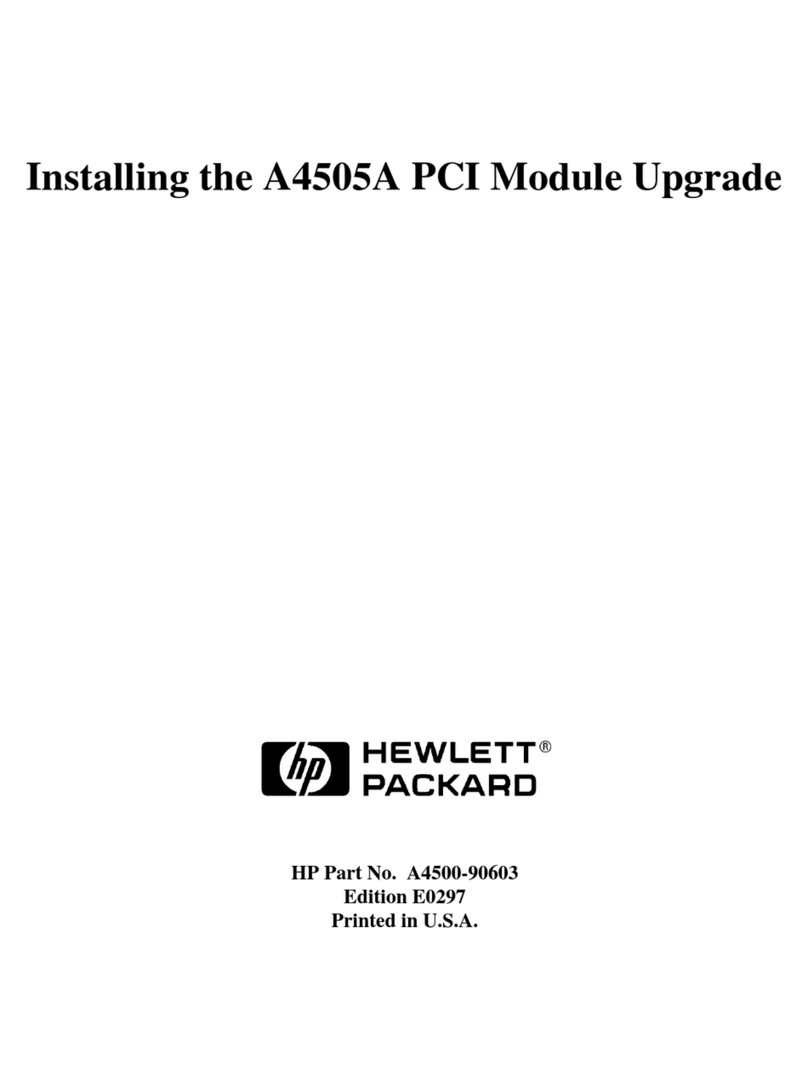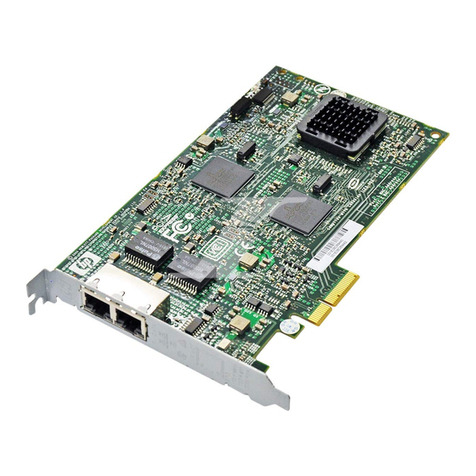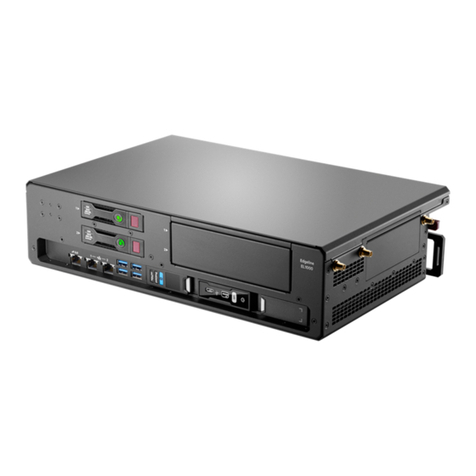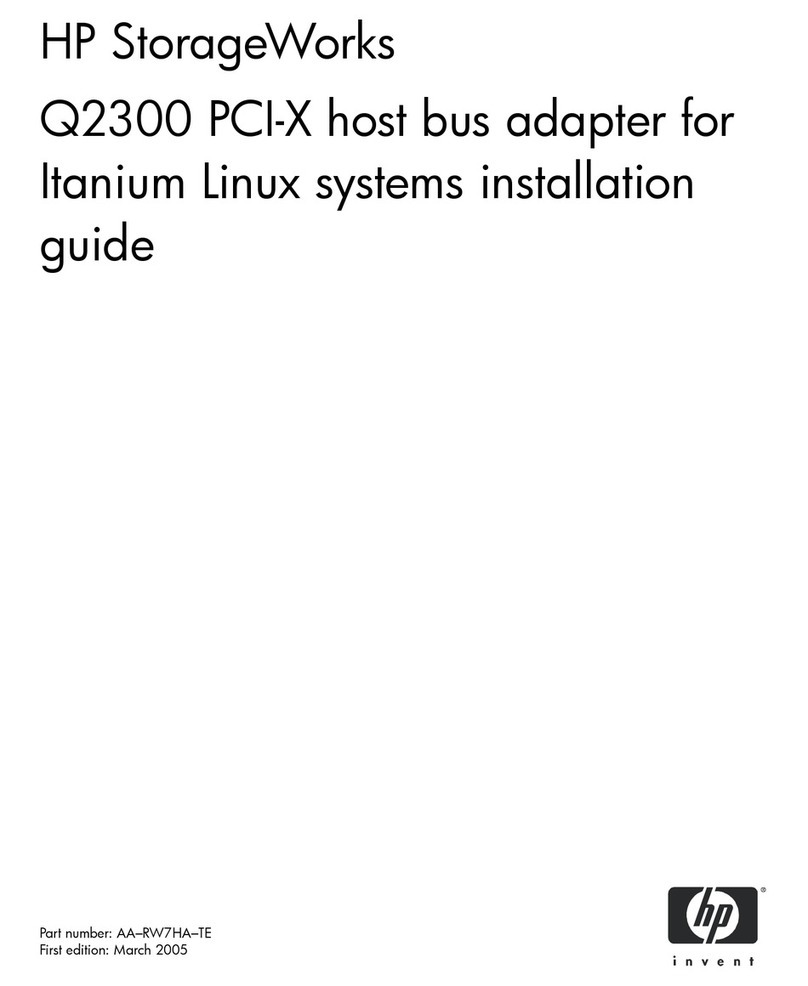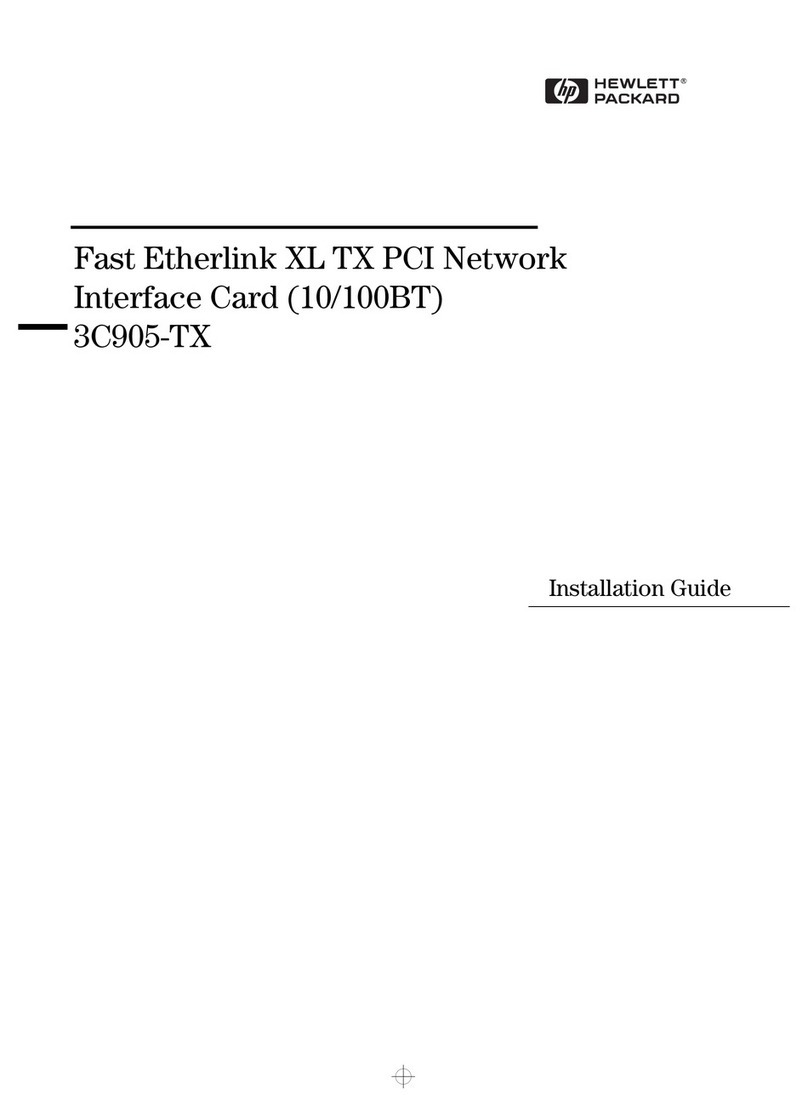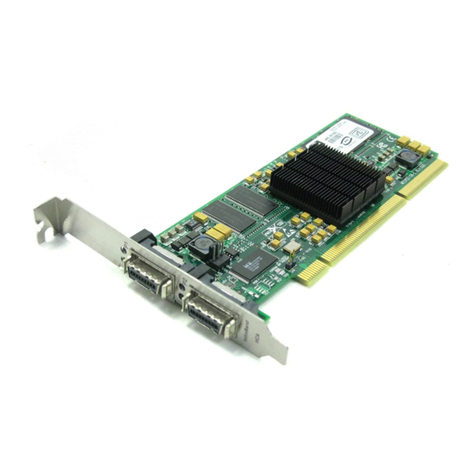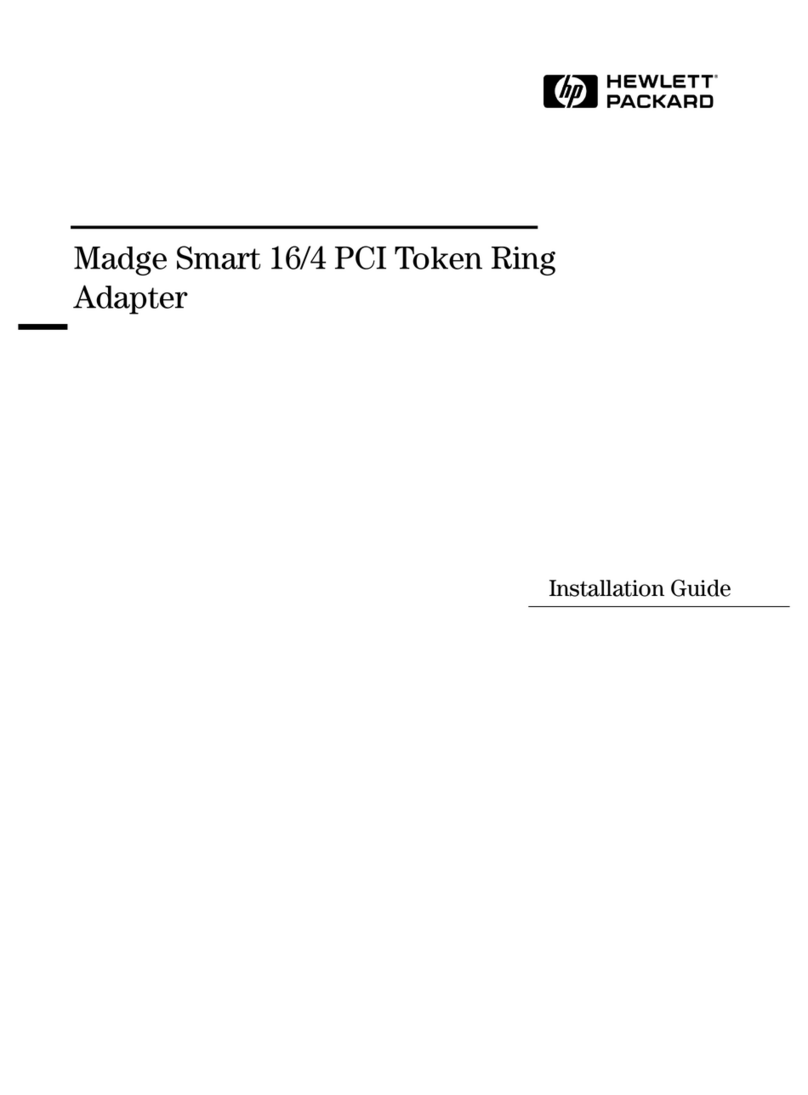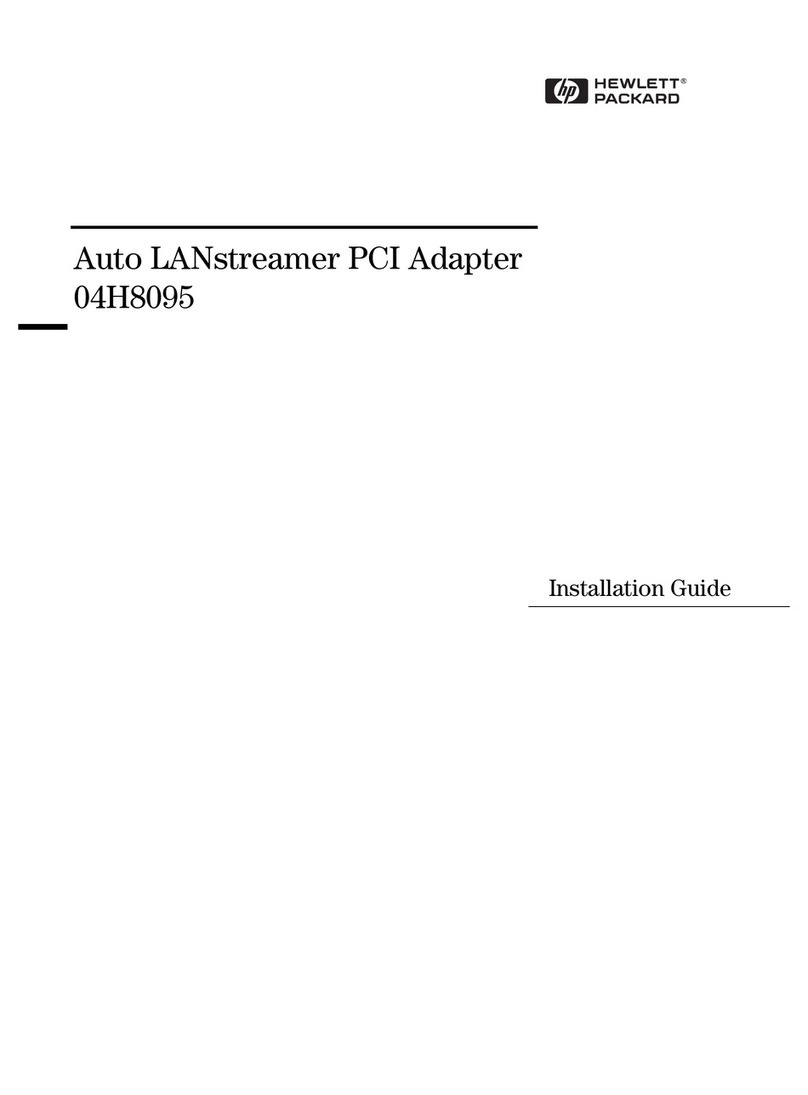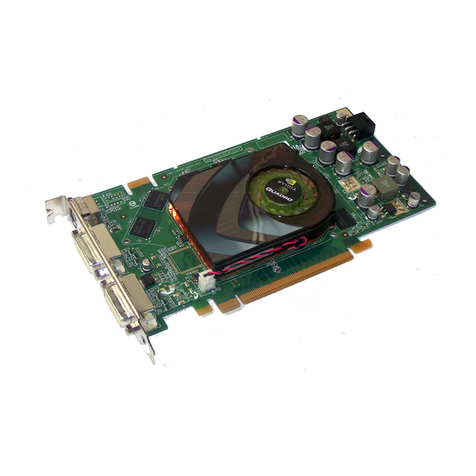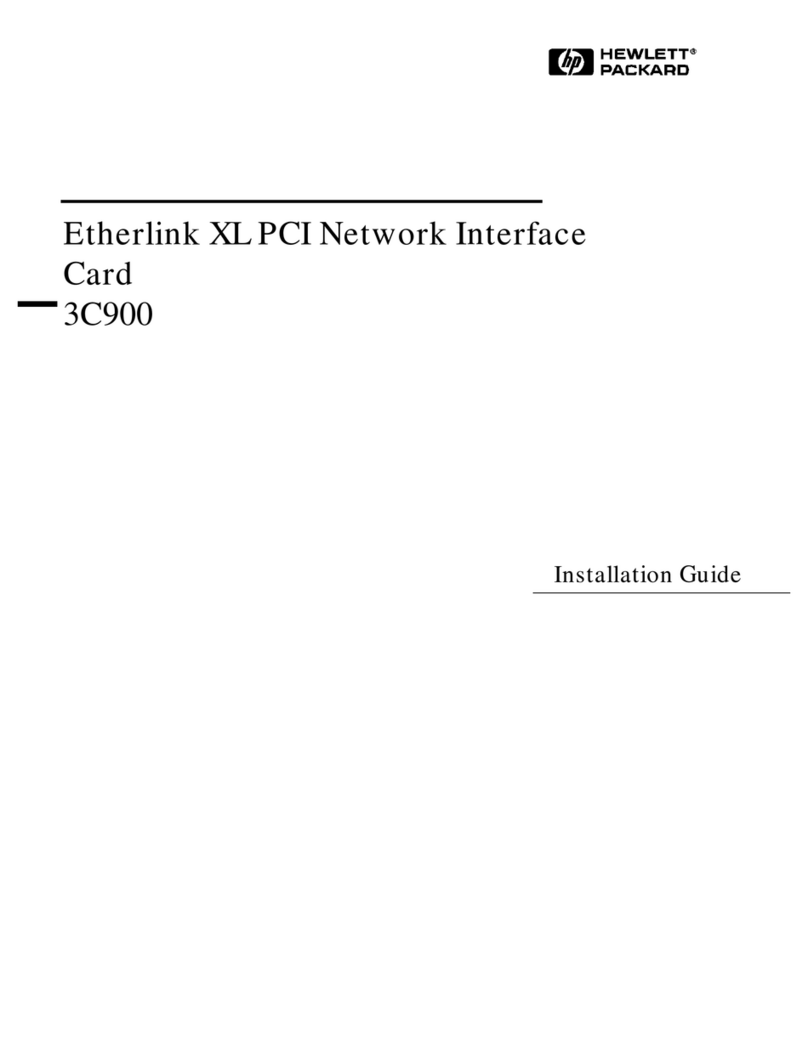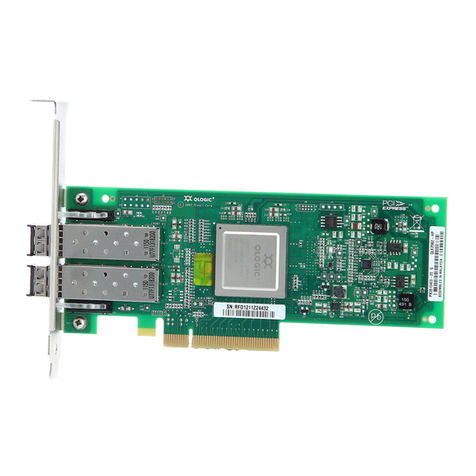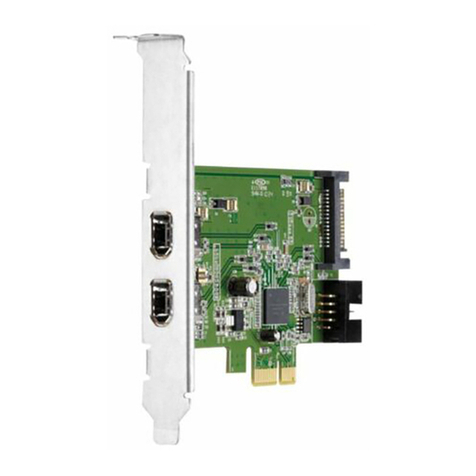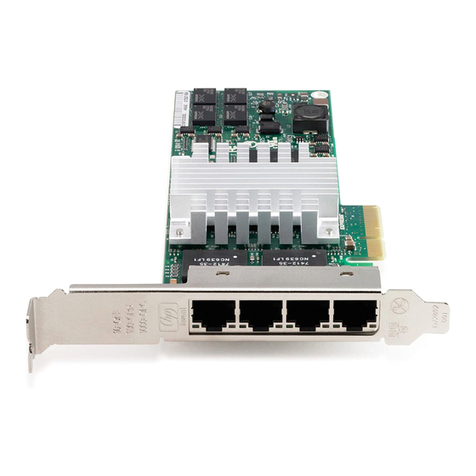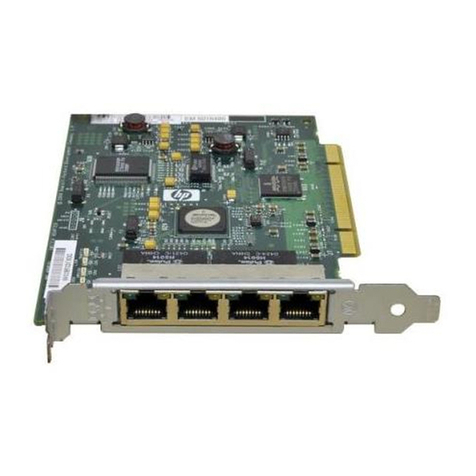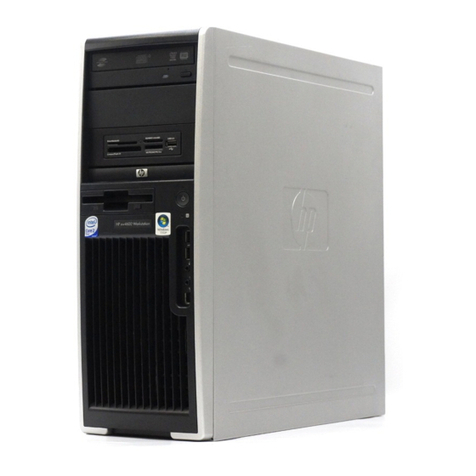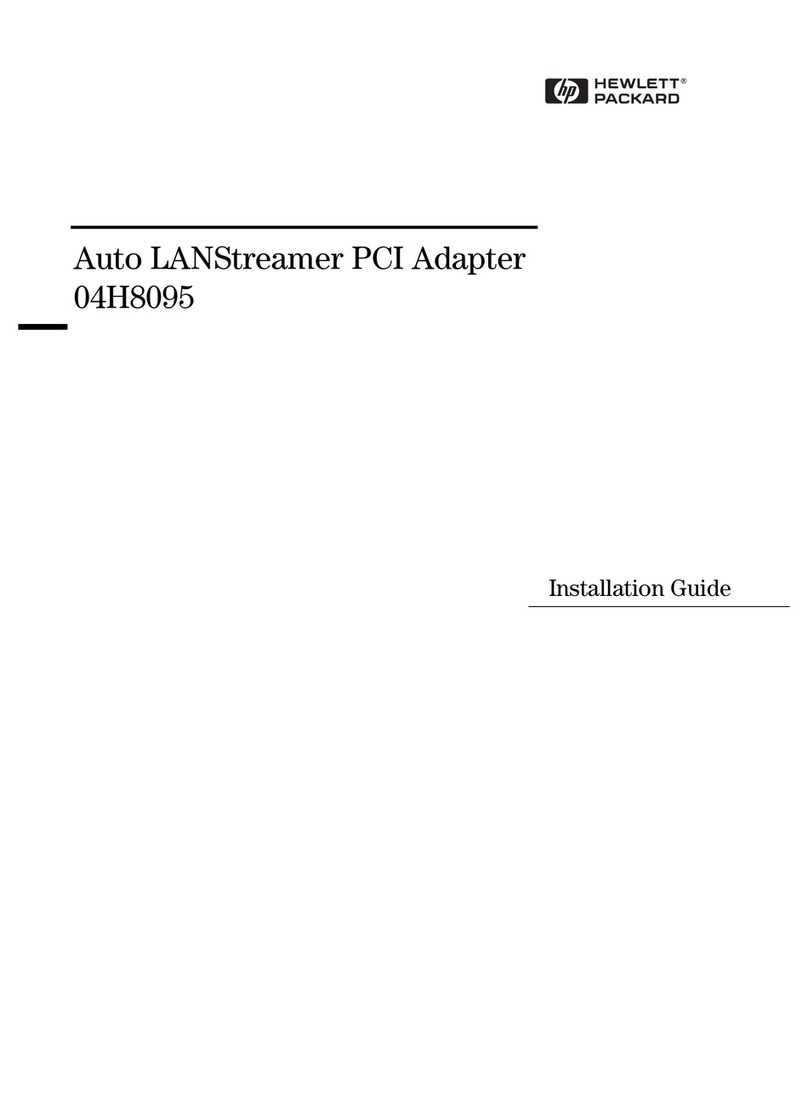
Contents 3
Contents
Technician notes........................................................................................................................... 4
Where to go for additional help.................................................................................................................. 4
HP contact information ..................................................................................................................... 5
Introduction.................................................................................................................................. 6
Overview ................................................................................................................................................. 6
UTP CAT5 cable ....................................................................................................................................... 6
LED indicators........................................................................................................................................... 7
Installing an adapter ..................................................................................................................... 8
Installation overview .................................................................................................................................. 8
Preventing electrostatic discharge................................................................................................................ 8
Installing an adapter in a server .................................................................................................................. 9
Installing a low profile bracket .................................................................................................................... 9
Specifications............................................................................................................................. 10
HP NC375T PCI Express Quad Port Gigabit Server Adapter specifications..................................................... 10
UTP cable specifications........................................................................................................................... 11
Regulatory compliance notices ..................................................................................................... 12
Regulatory compliance identification numbers............................................................................................. 12
Federal Communications Commission notice............................................................................................... 12
Class B equipment................................................................................................................................... 12
Declaration of conformity for products marked with the FCC logo, United States only....................................... 13
Modifications.......................................................................................................................................... 13
Canadian notice ..................................................................................................................................... 13
European Union regulatory notice ............................................................................................................. 13
Japanese class B notice............................................................................................................................ 14
Korean class B notice............................................................................................................................... 14
BSMI notice............................................................................................................................................ 14
Disposal of waste equipment by users in private households in the European Union......................................... 14
Electrostatic discharge................................................................................................................. 16
Preventing electrostatic discharge.............................................................................................................. 16
Grounding methods to prevent electrostatic discharge.................................................................................. 16
Acronyms and abbreviations........................................................................................................ 17
Index......................................................................................................................................... 19






